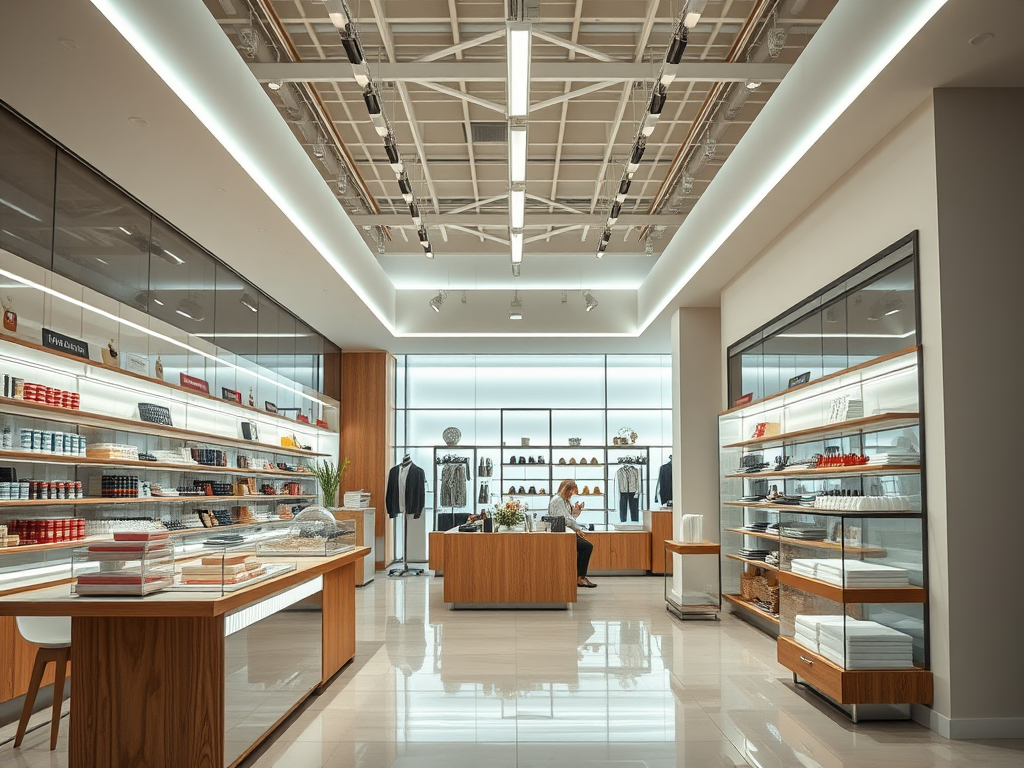In the ever-evolving world of e-commerce, one factor remains constant: the undeniable importance of visual merchandising. As online shopping becomes a dominant part of consumer experience, retailers must adapt traditional retail techniques to fit the digital landscape. Visual merchandising, often relegated to physical spaces, is transforming into an essential online strategy that influences customer behavior, enhances brand identity, and ultimately drives sales. Just as a well-arranged physical store can attract customers, an effective online presentation can captivate shoppers and transform browsing into buying. In this article, we’ll explore the elements, strategies, and best practices of visual merchandising in online stores to help retailers thrive in a competitive marketplace.
When done correctly, visual merchandising can elevate an online store from ordinary to extraordinary. A visually appealing interface can make customers feel more connected to the products and the brand itself. Effective visual merchandising goes beyond simply showcasing products; it crafts a narrative that resonates with the target audience. This narrative is created through thoughtful design choices, enticing images, and strategic layouts. By learning how to leverage these aspects, retailers can enhance the user experience, increase conversion rates, and build a loyal customer base.
Importance of Visual Merchandising

Understanding the significance of visual merchandising is crucial for creating a compelling shopping experience. For online retailers, this practice lays the foundation for interactions that lead to conversions. One of the primary benefits is the enhancement of brand identity, as unique visual elements help define what a brand stands for. Customers are more likely to remember and return to brands that deliver a cohesive and inviting visual experience. Increased sales conversion rates is another benefit; when products are displayed attractively, customers are drawn in, which leads to higher chances of purchase. Furthermore, effective visual merchandising can set a retailer apart from competitors who may not prioritize these elements.
- Enhances Brand Identity
- Increases Sales Conversion Rates
- Creates a Memorable Shopping Experience
Key Elements of Online Visual Merchandising

Several essential components contribute to effective visual merchandising in online stores. First and foremost, high-quality images cannot be overlooked. These images should showcase products from multiple angles and contexts, allowing customers to fully appreciate their features. Additionally, a well-thought-out color scheme and layout play a significant role in guiding customers through the online shopping experience. Colors can evoke emotions and influence purchasing decisions, while a clean layout ensures easy navigation. Another vital element is the product display technique. Grouping similar items or using lifestyle imagery can create a more enticing visual experience, encouraging shoppers to explore further.
| Element | Description |
|---|---|
| High-Quality Images | Use high-resolution images from various angles to showcase your products effectively. |
| Color Scheme | Colors should be appealing and in line with your brand identity to create emotional connections. |
| Product Display Techniques | Display products logically, using attractive groupings and contexts to enhance appeal. |
Strategies for Effective Online Visual Merchandising
Implementing effective visual merchandising requires specific strategies tailored for online retailers. One of the first considerations should be responsive design, ensuring that visual elements perform well across all devices, from desktops to mobile phones. This adaptability is vital as more consumers shop on mobile devices. Incorporating interactive features can also enhance consumer engagement; for example, offering zoom functionality or 360-degree views of products can lead to a more immersive shopping experience. Additionally, regularly updating visual merchandising strategies for seasonal events or trends can keep an online store fresh and engaging, encouraging repeat visits and purchases.
- Responsive Design for All Devices
- Interactive Features like Zoom and 360-degree Product Views
- Seasonal and Thematic Changes to Keep Content Fresh
Best Practices for Visual Merchandising in Online Stores
Adhering to best practices can significantly enhance the online shopping experience. Consistency across platforms is crucial; maintaining visual continuity not only strengthens brand recognition but also builds trust with consumers. The strategic use of white space is another essential practice. By allowing adequate room between elements, retailers can create a clean, inviting online environment that encourages browsing. Additionally, employing A/B testing for various visual elements can yield valuable insights into customer preferences. Testing elements like product displays, color palettes, or CTA buttons can help retailers find the most effective presentations that resonate with shoppers.
- Consistency Across Various Platforms
- Strategic Use of White Space
- A/B Testing for Different Visual Elements
Conclusion
Incorporating effective visual merchandising in online stores is crucial for creating engaging shopping experiences. By understanding and implementing key elements and strategies, retailers can enhance user engagement, boost conversion rates, and build lasting customer loyalty. As e-commerce continues to grow, the importance of a strong visual merchandising strategy will only increase. This effort not only defines business success but also enriches customer interactions with the brand. Ultimately, investing in visual merchandising can yield significant returns, benefiting both retailers and consumers alike. The digital shopping frontier is ripe with potential, and visual merchandising is the key to unlocking it.
Frequently Asked Questions
- What is visual merchandising? Visual merchandising is the practice of displaying products attractively to engage customers and encourage sales.
- Why is visual merchandising important for online stores? It enhances user experience, builds brand identity, and can significantly increase conversion rates.
- What are some key elements of visual merchandising? High-quality images, color schemes, product display techniques, and interactive features.
- How can I improve my online store’s visual merchandising? Focus on responsive design, seasonal updates, and A/B testing of visual elements.
- How does visual merchandising affect customer behavior? It can attract attention, influence emotions, and lead to increased impulse buying and customer loyalty.





